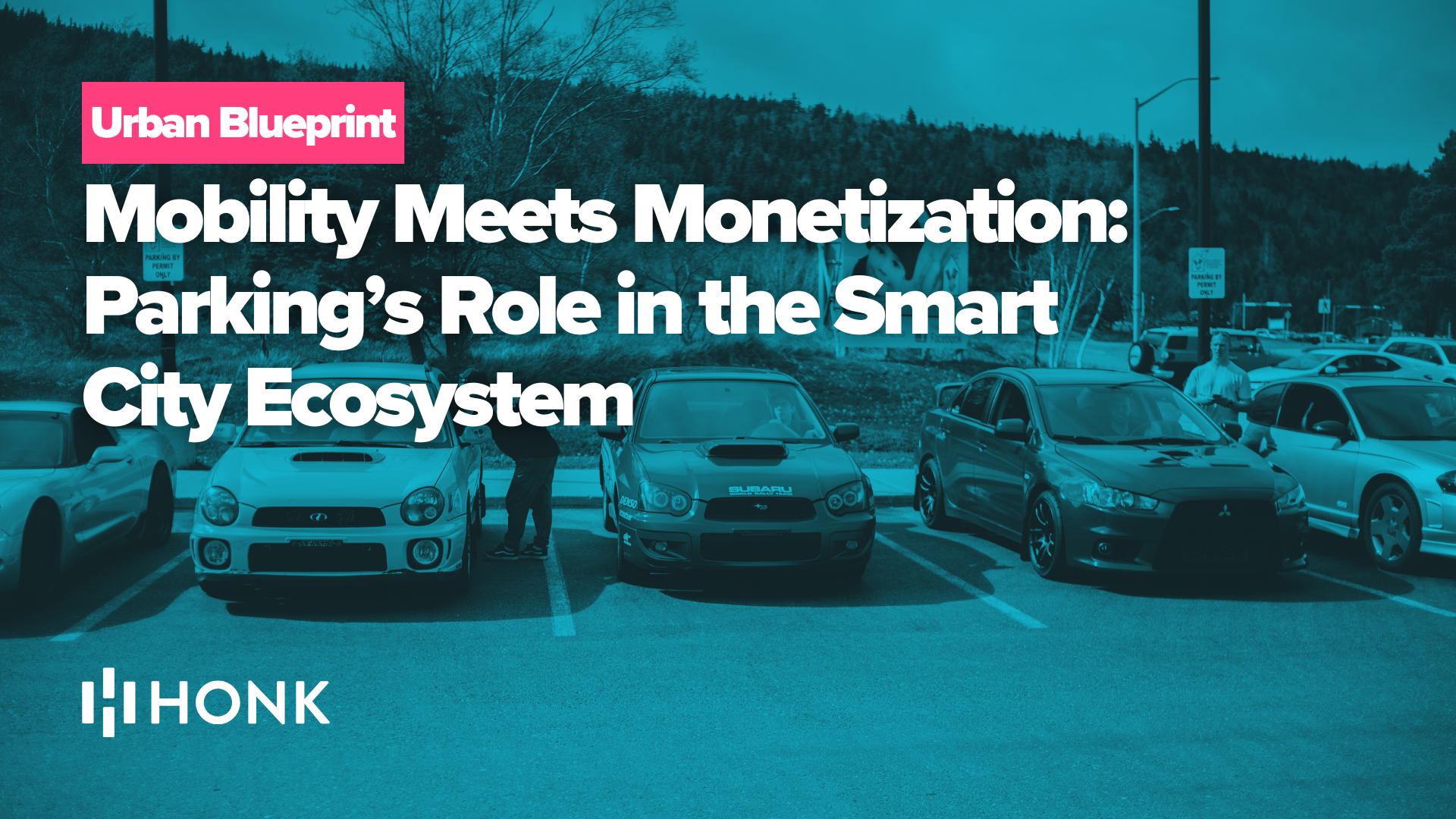The climate around coronavirus has drawn particularly close attention to the safety and cleanliness associated with both cash and the high-touch payment technology that we use everyday – from ATM’s to parking pay stations to retail pin pads to name but a few. These simple conveniences of modern day life will need to be re-examined in a post COVID-19 world.
Let’s take a closer look…
Bills typically stay in circulation between 5 to 15 years and are the perfect environment for microbes to settle. The dirtiness of banknotes is far from a new phenomenon – in a 2014 study (the Dirty Money Project), biology professor Jane Carlton found that US bills carried more than 3,000 types of bacteria. A separate US Air Force study found that 94% of banknotes collected in Ohio were infected with pathogens including E. coli, Salmonella, and Staphylococcus aureus.
While health and safety around cash-handling isn’t new, government bodies’ hypersensitivity towards cash-handling and the strong measures they are taking to alleviate the possibility of banknotes transmitting the coronavirus certainly is. Some examples: China is disinfecting and locking away used banknotes, while the Bank of Korea is heating banknotes, and in some cases, burning the bills. In addition, the Bank of Korea will no longer handle the exchange of coins and banknotes that have been introduced from abroad.
Another powerful recommendation to move away from cash comes from the World Health Organization, which has urged the population to avoid cash and to use contactless payments to reduce the risk of the transmission of COVID-19.
Banks worldwide are also taking measures amidst the COVID-19 outbreak that have a direct impact on consumer purchasing behaviour. Dutch banks are raising contactless limits as one measure to deter the spread of COVID-19 – the limit for contactless payments was previously €50 EUR, and has now been raised to €100 EUR. Another example is the UK, where the spending limit will rise from £30 GBP to £45 GBP in a national roll-out.
While governments and banks are now looking at cash handling differently, so too are consumers. “Sensitivity to catching the Coronavirus is now showing up at point of sale,” said Richard Crone, Principal at Crone Consulting, LLC. One study of US consumers before and after the Coronavirus epidemic is very telling, translating to a growing need for, and embrace of, contactless payments: “About 38% of consumers now see contactless as a basic need or feature of payments, up from 30% a year ago.”
While the current coronavirus outbreak won’t last forever, it is perfectly plausible to expect that many of the new habits formed during this time will. As such, it’s safe to assume the hypersensitivity to touching cash and avoidance of high-touch areas will have a lasting impact on consumer habits going forward. The good news is that the answer is, and has always been, in the palm of our hands.





